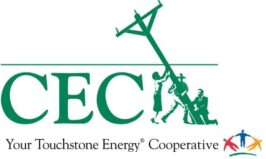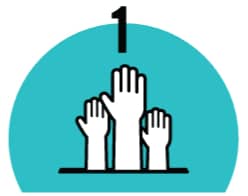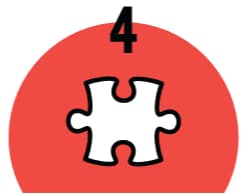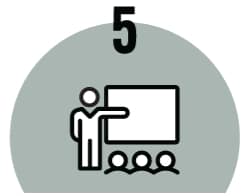Resize text-+=

Experience savings on restaurants, golf, shopping, travel, family fun, automotive, movies, insurance… everything you can imagine is here. Co-op Connections has the best deals all in one place.
Cooperative Principles
Coastal Electric Cooperative is guided by seven internationally recognized principles. These Seven Cooperative Principles resemble those adopted by one of the world’s first cooperatives in Rochdale, England in 1844:









